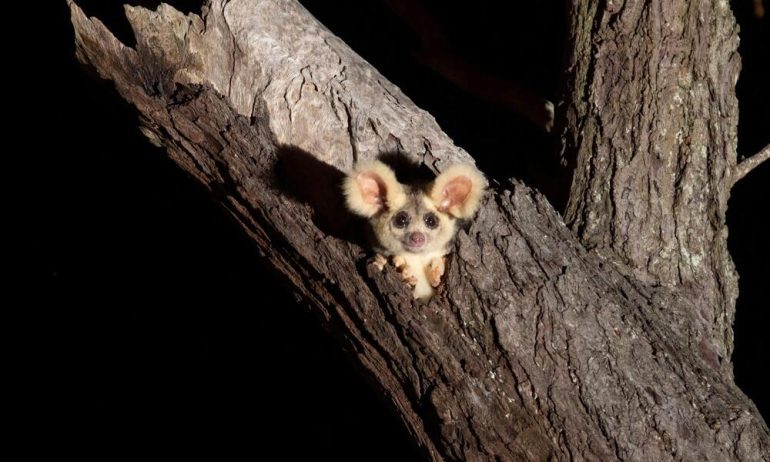- Collaboration between WWF-US, WWF-Australia, and Google led to the development of Eyes on Recovery project post-Australia bushfires.
- Over 1,000 cameras were deployed across Blue Mountains National Park to monitor wildlife recovery.
- Camera traps generated vast amounts of data, with up to 90% being irrelevant.
- Wildlife Insights, an AI-powered platform, was created to streamline data processing and species identification.
- 7 million images from the project were processed in weeks, detecting over 150 species including the endangered greater glider.
- The success of Wildlife Insights showcases the potential of AI in expediting conservation efforts.
Main AI News:
In the wake of the catastrophic bushfires that ravaged Australia in 2020, leaving unprecedented destruction and affecting billions of animals, the urgency to monitor and aid wildlife recovery became paramount. In response, WWF-US, in collaboration with WWF-Australia and Google, embarked on a groundbreaking initiative called Eyes on Recovery, employing innovative technology to track and assess the revival of Australia’s unique and endangered wildlife.
The project, spearheaded by dedicated individuals such as Dr. Emma Spencer, a program coordinator with WWF-Australia, involved the strategic placement of over 1,000 cameras across the landscape of Blue Mountains National Park. These cameras served as vigilant sentinels, capturing images of wildlife activity amidst the charred aftermath of the fires.
However, with the vast volume of data generated by these camera traps, the challenge arose of efficiently processing and analyzing the information. Despite the breathtaking images of wildlife captured, a significant portion of the data consisted of false triggers—images devoid of any animal presence. This inundation of data threatened to overwhelm conservation efforts, highlighting the need for a more streamlined approach to data management.
Enter Wildlife Insights, an innovative online platform developed through collaboration between WWF, Google, and other conservation organizations. Leveraging the power of artificial intelligence, Wildlife Insights revolutionizes the handling of camera trap data, swiftly filtering out irrelevant images and accurately identifying wildlife species depicted in the photographs.
The efficiency of Wildlife Insights was demonstrated through its rapid processing of the 7 million images collected by the Eyes on Recovery project in Australia. Within a matter of weeks, more than 150 different species were detected and cataloged, providing crucial insights into the post-fire recovery of wildlife populations.
One particularly notable success story involves the endangered greater glider, whose habitat and nesting sites were decimated by the bushfires. Through the utilization of artificial nest boxes monitored by cameras, conservationists monitored the gliders’ response to the new habitats. Thanks to Wildlife Insights, it was discovered that the gliders not only adapted to the artificial nest boxes but utilized them extensively, affirming the viability of this conservation strategy on a larger scale.
The integration of artificial intelligence into conservation efforts marks a significant advancement in wildlife monitoring and management. By expediting the analysis of vast amounts of data, tools like Wildlife Insights empower decision-makers with timely and actionable information, enabling more effective conservation interventions in the face of escalating biodiversity challenges.
As the world grapples with the imperative to protect and preserve our natural heritage, partnerships and technologies such as Wildlife Insights exemplify the transformative potential of innovation in safeguarding wildlife for generations to come.
Conclusion:
The collaboration between WWF and Google, resulting in the development of Wildlife Insights, underscores the transformative impact of AI in wildlife conservation. By efficiently managing and analyzing vast amounts of data, this innovation not only accelerates the pace of conservation research but also enhances the efficacy of decision-making processes. For the market, this signals a shift towards technology-driven solutions in addressing environmental challenges, opening avenues for further partnerships and advancements in the field of conservation analytics.

